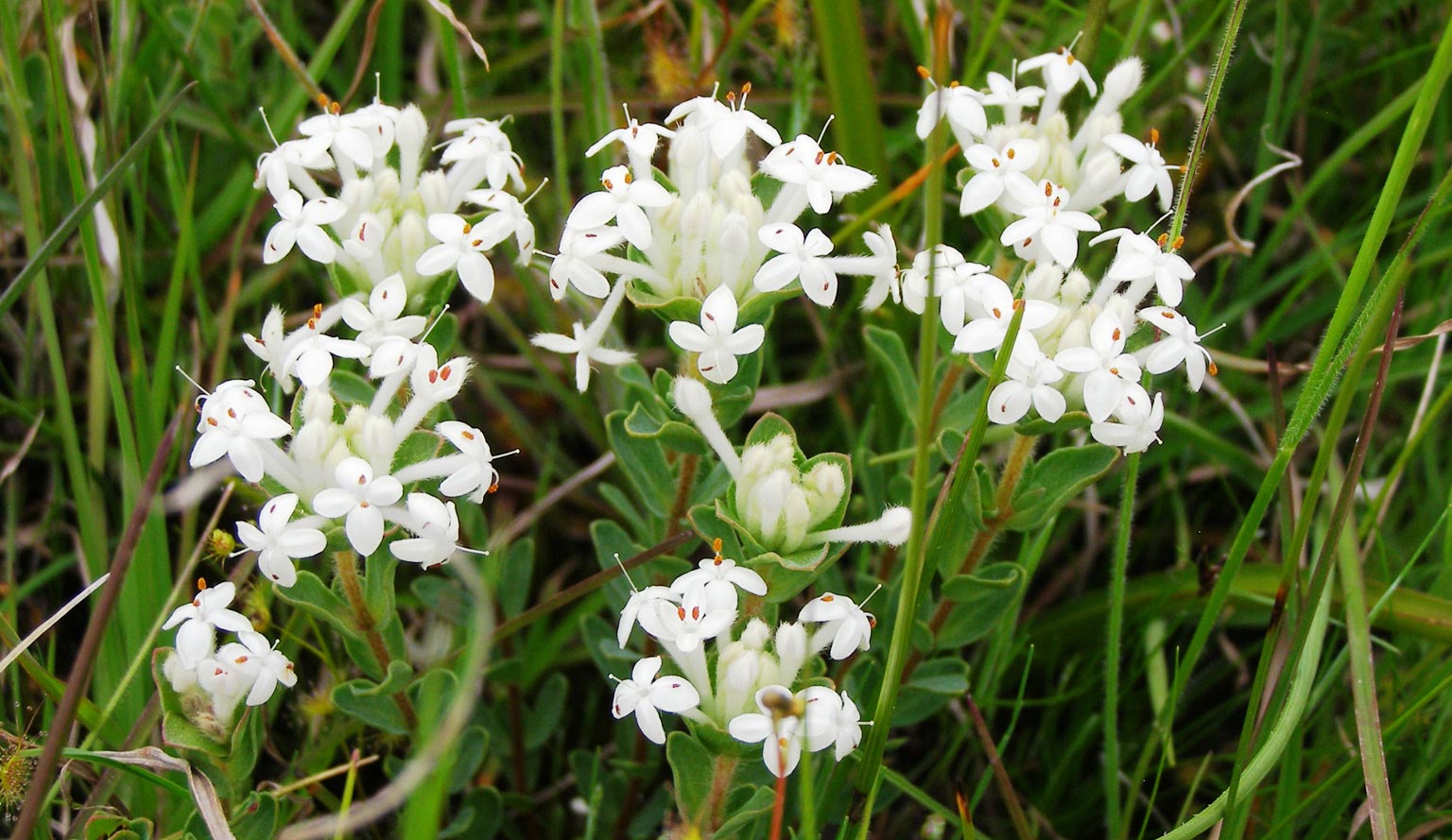A range of teacher professional learning programs will be developed to accompany the Biodiversity of the Western Volcanic Plains online outreach...
History of Victoria’s grasslands
Aboriginal people used fire to maintain the open nature of grasslands in order to stimulate the growth of particular plants useful to them and to attract animals for hunting.
When Europeans first arrived in western Victoria, much of the extensive undulating plains they saw were covered with native grasslands. When Major Mitchell and his party traversed the open grassy plains of northern and western Victoria in 1836 he wrote glowing accounts of their lush appearance in springtime, with abundant colourful wildflowers.
From the 1830s, squatters quickly occupied the native grassland plains as relatively little effort was needed to use them for stock grazing. Shortly afterwards, areas of grassland were converted to crops such as wheat and potatoes. Since then, vast areas of Victoria’s native grasslands have been completely replaced by introduced pasture grasses, crops and/or weeds.
Some farmers purposely left some of their paddocks as native grassland as they had found native pasture survived hot summers and periods of drought much better than 'improved’ pasture.



